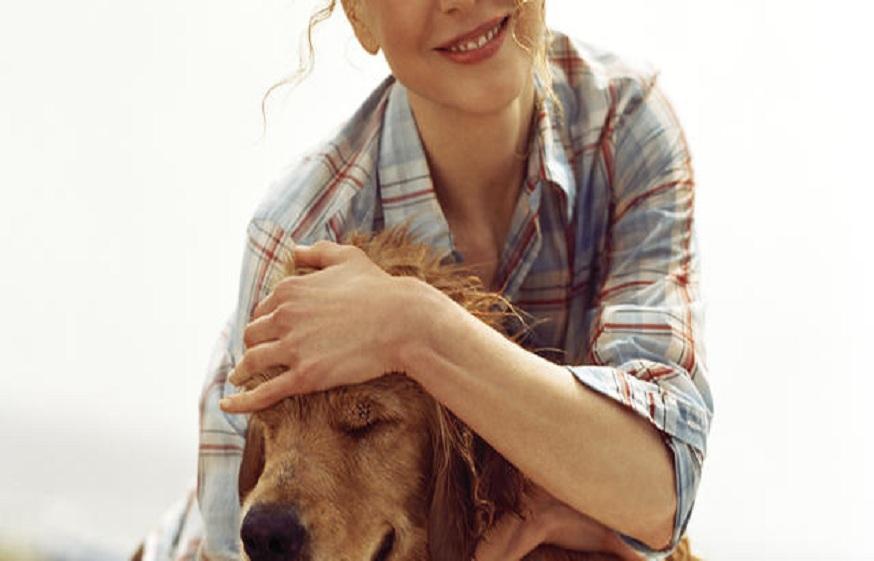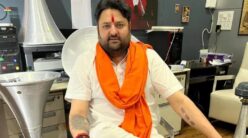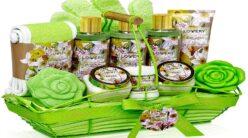Pet photography can be challenging, but is also immensely rewarding. Even though Bruce Weber Photographer is majorly prominent for his fashion photographs, he also has a great love for taking pictures of his dogs. ‘The Golden Retriever Photographic Society’ is his first career-spanning collection of his pets, and it beautifully showcases the bond between a human and dogs. Not just professionals like Weber, but even amateurs love taking pictures of their pets. The key to good pet photography is to develop an emotional connection with the animal being photographed, and use photography techniques related to lighting and composition to ultimately click impactful images.
Bruce Weber Photographer discusses proper lighting in pet photography

Studio lighting would be simpler for photographers to control than opting to shoot outdoors. However, before using strobes, they need to make sure that the animal is not sensitive to flash. Even though strobes are among the brightest lights available for photography, their brightness can be an issue if the pet is too sensitive to it or are prone to get easily startled. The simplest way to check if a pet reacts negatively to the strobe is to manually fire the strobe while setting up, before the pet is in place. It would be obvious if the pet reacts too negatively to it. A backup plan is needed if the pets are scared of the flash.
Apart from strobes, one may also opt for speed lights or continuous lights. Speed lights are portable and go on the hot shoe on the camera. Continuous lights have advanced considerably over the years, but to use them on pets, photographers have to keep the shutter speed up. The camera has to focus fast, preferably with the use of dependable continuous autofocus. If the photographer is using strobes, they shall be focusing under lower lighting conditions than the eventual shot. Inability to shoot quickly or slow focusing would result in missing the shot or having too many photographs that are out of focus. In general, the photographer shall need a wider lens, especially if they have a smaller space. A wider lens can imply that the image is wider than the backdrop.
Unless the photographer is using continuous (LED) lighting, they would also need a dependable way to trigger the lights. Their set up should be planned in a manner that allows them to control the lighting properly to get the desired results. Strobes and speed lights both need a way to trigger the flashes. Radio controls are usually used by many photographers, as they are easier to use than cables or optical slaves.
Pet photography benefits from the high sharpness of being able to see all the details in the fur of the pet. Deep shadows may hide those details, and typical portraiture techniques such as butterfly lighting and Rembrandt lighting do not always work for pets. To explore the lighting options that work the best, one can always check out the pet photos taken by Bruce Weber Photographer and similarly renowned professional.





